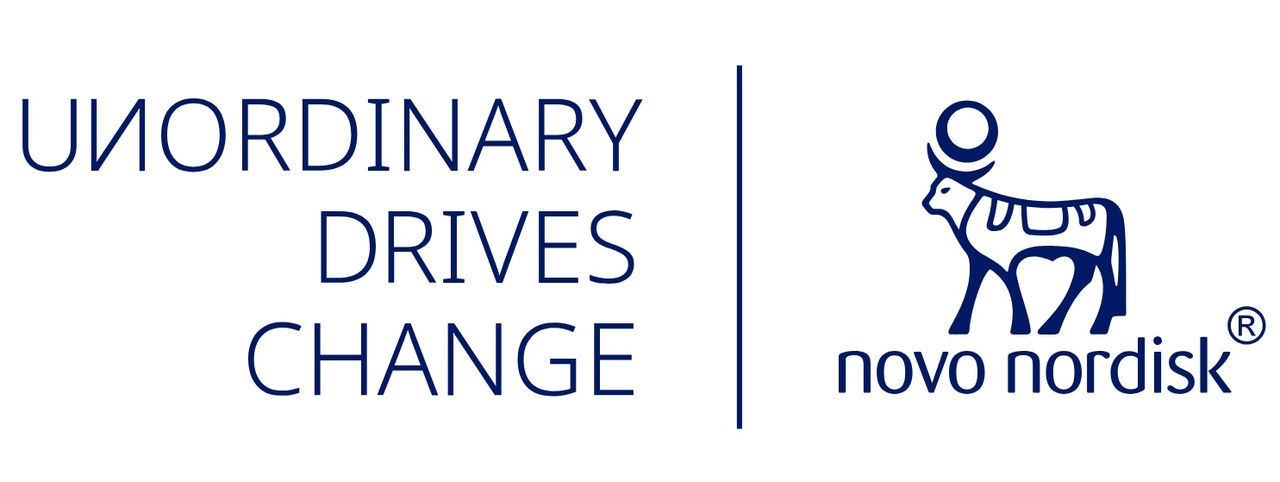Auto logout in seconds.
Continue LogoutObesity affects over 40% of U.S. adults, yet many individuals lack the care, awareness, and support needed to manage their health effectively. A recent study by Novo Nordisk and Optum Life Sciences* analyzed data from 1.14 million overweight or obese members of commercial health plans, revealing critical gaps in employer-supported weight-management solutions. Here are three ways employers can address these disparities.
Key findings from the study
The study highlights several critical insights into the challenges facing individuals with obesity, including:
- Nearly 13% of members were at high risk for unmet social needs, including food insecurity, transportation challenges, and housing instability. These risks intensify as body mass index (BMI) increases, creating a vicious cycle where obesity exacerbates social challenges, and social challenges hinder access to care.
- Over 50% of members were not actively engaged in managing their health, often due to limited access to care, low health literacy, or a lack of personalized support. Individuals with low health ownership are less likely to seek medical advice, follow through on treatments, or participate in available health programs.
Percentage of members not actively engaged in managing their health
- Half of individuals with obesity experience at least one related condition — such as type 2 diabetes, hypertension, or high cholesterol — highlighting the need for early, proactive interventions to manage obesity directly before complications arise.
- Although 32% of U.S. employers offer weight management programs, only 13% of employees are aware of these options, and fewer than 10% participate. Lack of communication and outreach contributes to low engagement, and participation rates vary widely across demographic groups, creating disparities in access and utilization.
- Disparities in care are closely tied to income, race, and geography. Many individuals encounter barriers to care and may have limited access to employer-sponsored resources. Tailored approaches are needed to ensure equitable access to care.
These findings emphasize the need for targeted strategies that address the medical, social, and systemic barriers to obesity care while improving awareness and engagement.
3 ways employers can help address health disparities in obesity care
Employers can help reduce health disparities for individuals with obesity by:
Parting thoughts
A holistic approach — combining medical care, social support, and increased program education — can help employers reduce disparities in obesity care. This investment supports a healthier, more productive workforce while lowering medical costs and fostering long-term organizational success.
*Advisory Board is a subsidiary of Optum, a division of UnitedHealth Group. All Advisory Board research, expert perspectives, and recommendations remain independent.
Novo Nordisk is a leading global healthcare company that's been making innovative medicines to help people with diabetes lead longer, healthier lives for more than 100 years. This heritage has given us experience and capabilities that also enable us to drive change to help people defeat other serious chronic diseases such as obesity, rare blood, and endocrine disorders. We remain steadfast in our conviction that the formula for lasting success is to stay focused, think long-term, and do business in a financially, socially, and environmentally responsible way. With U.S. headquarters in New Jersey and commercial, production and research facilities in seven states plus Washington DC, Novo Nordisk employs approximately 8,000 people throughout the country. For more information, visit novonordisk-us.com, Facebook, Instagram, and X.
This article is sponsored by Novo Nordisk, an Advisory Board member organization. Representatives of Novo Nordisk helped select the topics and issues addressed. Advisory Board experts wrote the report, maintained final editorial approval, and conducted the underlying research independently and objectively. Advisory Board does not endorse any company, organization, product or brand mentioned herein.
To learn more, view our editorial guidelines.

This article is sponsored by Novo Nordisk. Advisory Board experts wrote the article, maintained final editorial approval, and conducted the underlying research independently and objectively.
Don't miss out on the latest Advisory Board insights
Create your free account to access 1 resource, including the latest research and webinars.
Want access without creating an account?
You have 1 free members-only resource remaining this month.
1 free members-only resources remaining
1 free members-only resources remaining
You've reached your limit of free insights
Become a member to access all of Advisory Board's resources, events, and experts
Never miss out on the latest innovative health care content tailored to you.
Benefits include:
You've reached your limit of free insights
Become a member to access all of Advisory Board's resources, events, and experts
Never miss out on the latest innovative health care content tailored to you.
Benefits include:
This content is available through your Curated Research partnership with Advisory Board. Click on ‘view this resource’ to read the full piece
Email ask@advisory.com to learn more
Click on ‘Become a Member’ to learn about the benefits of a Full-Access partnership with Advisory Board
Never miss out on the latest innovative health care content tailored to you.
Benefits Include:
This is for members only. Learn more.
Click on ‘Become a Member’ to learn about the benefits of a Full-Access partnership with Advisory Board
Never miss out on the latest innovative health care content tailored to you.

